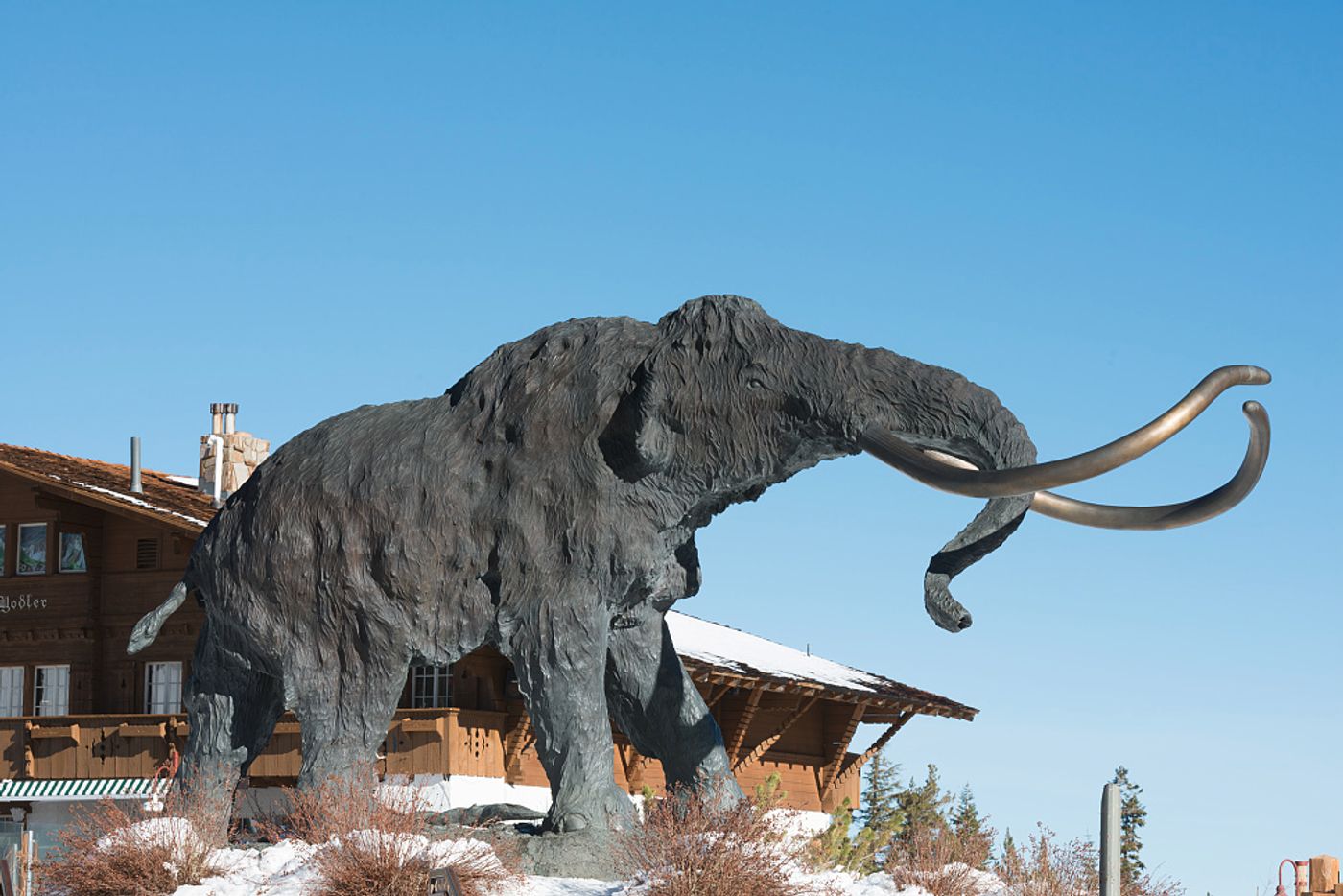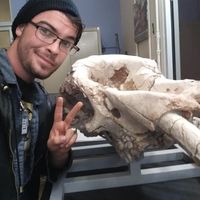Meet Nun Cho Ga, The Latest Frozen Mammoth Discovered in Canada!

Frozen mammoths are more common than one might expect. In the last three centuries, a shocking number of frozen Pleistocene animals have been discovered. The first frozen mammoth in Siberia was discovered in 1799 and was named the Adams mammoth, it dates to about 35,000 years ago. In 1900 the Beresovka mammoth was discovered partially mummified in the Beresovka river in Siberia and dates to 44,000 years ago. Effie, the Alaskan mammoth found by the state capital of Fairbanks, was discovered in 1948 and dates to 21,300 years ago. The Fishhook mammoth was discovered on the shores of the Taimyra River in Siberia and dates to 20,620 years ago. The Jarkov mammoth or, Lil Cube as I like to call him, was discovered in the Taymyr Peninsula, Siberia the year I was born in 1997. Lil Cube dates to 20,390 years ago.
This brings us to the latest discovery and the focus of this article. Once again Canada finds itself in the global news for discoveries made during mining operations. Gold miners working in the freezing Klondike gold mines in Canada’s Yukon territory have made a discovery while excavating: a baby mammoth almost completely intact: flesh, fur, and all! Preserved for over 30,000 years in the arctic permafrost. Dr. Grant Zazula, the leading paleontologist in the Yukon Territory, has speculated that this is one of the most complete frozen mammoths ever discovered. This baby mammoth is particularly important because it is only the second time a baby mammoth has ever been recovered in North America. The last time a baby mammoth was seen in the western hemisphere was Effie outside of Fairbanks, Alaska in 1948.
This discovery of a baby mammoth was made in the territory of the Trʼondëk Hwëchʼin First Nation, this indigenous group named the baby Nun Cho Ga, meaning “big baby animal”. Nun Cho Ga is comparable in size with the Lyuba mammoth, discovered in Siberia in May 2007. She is so well preserved that she may still have her last meal in her belly, similar to Otzi the ice man from the Himalayas. Her teeth, hair, nails, and organs will help paleontologists paint a picture of the ice age Yukon, by using chemical analysis of carbon, strontium, and nitrogen. This author is giddy with anticipation to read those scientific articles when they inevitably come out in the Journal of Vertebrate Paleontology.
Due to the important nature of this discovery, we here at Labroots reached out to Justin Wilkins, a vertebrate paleontologist with the US Forest Service, and former curator at The Mammoth Site of Hot Springs, SD. Equipped with one of the most epic beards in paleontological history, and a cowboy hat to boot, Justin spoke to us about the importance of this find. Here’s what my former colleague had to say:
“It is a remarkable discovery, and very important, as it points to the holarctic distribution of both the mammoths and the conditions in which they're buried. The soft tissue will give a really good idea of what was happening to the growth patterns of animals during this time period and provide a great comparison to the specimens that have been found throughout Eurasia. Should the baby undergo chemical testing, there will be a wealth of tissues to test, including the hair, tusks, other teeth, nails, and internal organs.” Justin added that “Though likely not yet weened, there may still be some gut contents that could hint at what the diet would be like. Comparing that to the other babies, we will get a clearer image of how different the ecosystems were across the two continents, and by comparison, how these different populations coped with different pressures. Further, it should spur some renewed interest in recovering specimens like this, which will hopefully increase eyes on the ground and reporting to government officials up there that are responsible for the stewardship of these finds.”
Studying Nun Cho Ga will help paleontologists reconstruct the biomes and diets of Pleistocene megafauna, understand the ontogeny of proboscideans more completely, and provide vital genetic information that may help us resurrect the extinct animals. It is worth noting that other discoveries have been made in the permafrost as well. From frozen steppe bison like Blue Bell in Alaska to stunning Siberian cave lion kitten mummies, the world's natural history museums are being filled with snapshots of our ice age past helping to reconstruct that bygone era.
This discovery highlights the need for a comprehensive approach to permafrost paleontology that must be “fast-tracked” in the coming years because of climate change in the artic. For the better part of a decade, the permafrost has been getting hotter and hotter. Releasing methane gas into Earth’s atmosphere through decay. The specimens found in these warming areas are not just important to just one nation, but represent artifacts and biofacts of a past age that connect human beings all over the world with our own origins. There should be a global effort to preserve as much of this material as possible in these rapidly changing times.
University of Alaska Fairbanks, Smithsonian Magazine, CBC, The Mammoth Site, University of California Berkely, Linda Hall Library, Cambridge University, American Museum of Natural History, Mol Et. Al 2003, Science.org, PBS Nova








